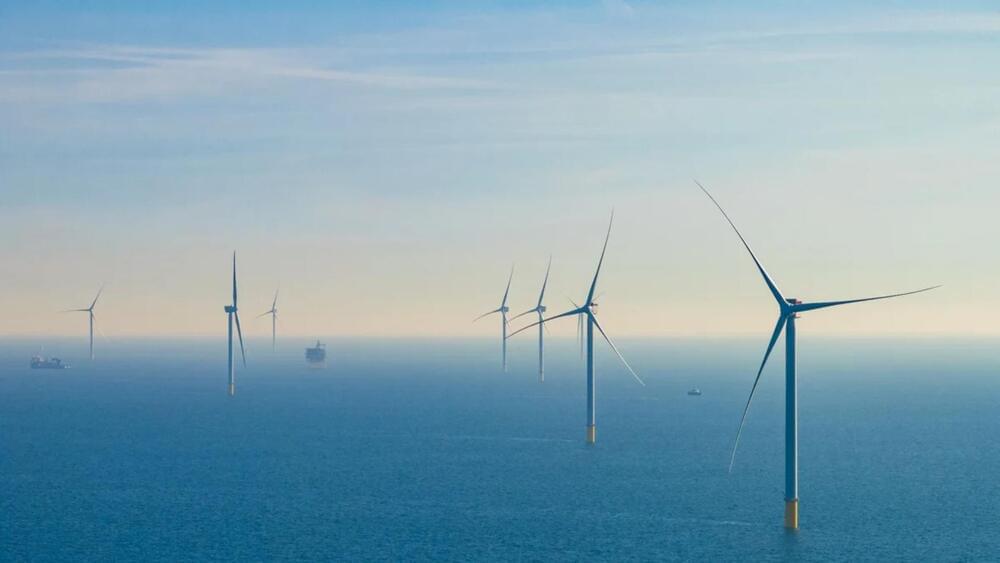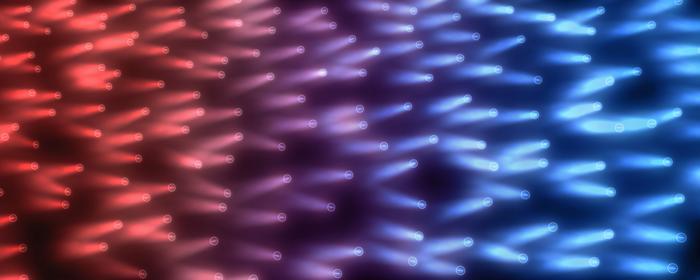The company’s X3D chips will arrive later in the year, right before Intel launches Arrow Lake.



The mega tech company’s ambition is to operate on carbon-free energy by 2030.
In its most substantial offshore wind project deal to date, Google has signed power purchase agreements (PPAs) for over 700 megawatts of clean energy to power its European data centers.
The company’s announcement is in line with its ambitious goal to achieve net-zero emissions across all of its operations and value chain by 2030, as per Google’s Environmental Report published last year.
Deals across Italy, Poland, Belgium and Netherlands
In the Netherlands, the search engine behemoth will get electricity from two projects — Hollandse Kust North V and West VI — off the coast, which is expected to provide about six percent of the country’s electricity consumption.

New ultrafast method for controlling magnetic materials might enable next-generation information processing technologies.
As demands for computing resources continue to increase rapidly, scientists and engineers are looking for ways to build faster systems for processing information. One possible solution is to use patterns of electron spins, called spin waves, to transfer and process information much more rapidly than in conventional computers. So far, a major challenge has been in manipulating these ultrafast spin waves to do useful work.
Breakthrough in Spin Wave Manipulation.

Yesterday saw the first round of hands-on and unboxing videos for Apple Vision Pro, sharing some interesting tidbits about Apple’s first spatial computer. After an initial unboxing video yesterday, MKBHD has now shared an in-depth look at what it’s like to actually use Apple Vision Pro.
Here are a few random tidbits taken from various Vision Pro reviews and videos so far.

The Apple Vision Pro launched on Friday, and I was the first person in part of the DC area to get a demo and buy the device.
As someone who has been working in the XR industry for a long time, I know this day was years in the making and will be a catalyst for future experiences to come.
After being quickly seated at the Apple store near me, I received the first demo of the day.



The physicists found that if electron transport alone is taken into account, the cuprates’ Lorenz number – their ratio of thermal conductivity to electrical conductivity divided by temperature – approaches the value predicted by the Wiedemann-Franz law. The team suggest that other factors, such as lattice vibrations (or phonons), which are not included in the Hubbard model, could be responsible for discrepancies observed in experiments on strongly correlated materials that make it appear as if the law does not apply. Their results could help physicists interpret these experimental observations and could ultimately lead to a better understanding of how strongly correlated systems might be employed in applications such as data processing and quantum computing.
The team now plans to build on the result by exploring other transport channels such as thermal Hall effects. “This will deepen our understanding of transport theories in strongly correlated materials,” Wang tells Physics World.
The present study is published in Science.

By better taming the Jekyll-and-Hyde nature of an alternative to the semiconductor—one that transitions from electricity-resisting insulator to current-conducting metal—Nebraska’s Xia Hong and colleagues may have unlocked a new path to smaller, more efficient digital devices. The team reports its findings in the journal Nature Communications.
The semiconductor’s ability to conduct electricity in the Goldilocks zone—poorer than a metal, better than an insulator—positioned it as the just-right choice for engineers looking to build transistors, the tiny on-off switches that encode the 1s and 0s of binary. Apply some voltage to the control knob known as a gate insulator, and the semiconductor channel allows electric current to flow ; remove it, and that flow ceases.
Millions of those nanoscopic, semiconductor-based transistors now coat modern microchips, switching on and off to collectively process or store data. But as minuscule as the transistors already are, the demands of consumers and competition continue pushing electrical engineers to shrink them even further, either for the sake of squeezing in more functionality or downsizing the devices that house them.